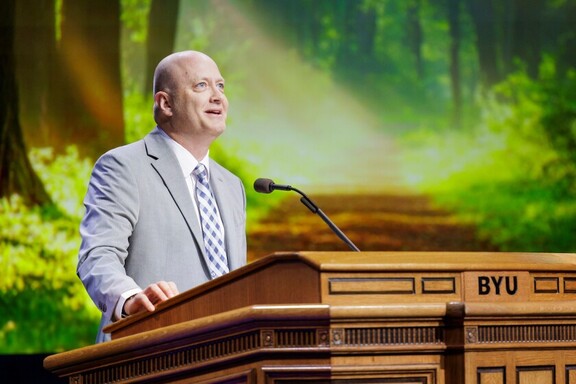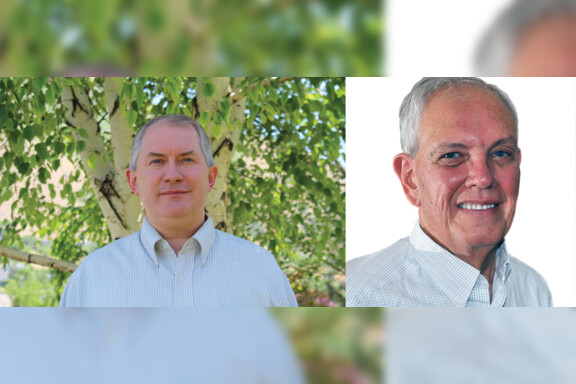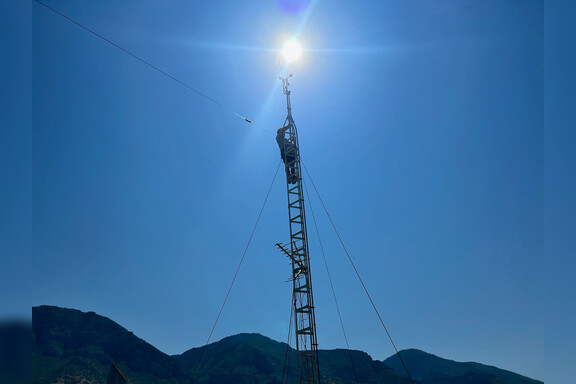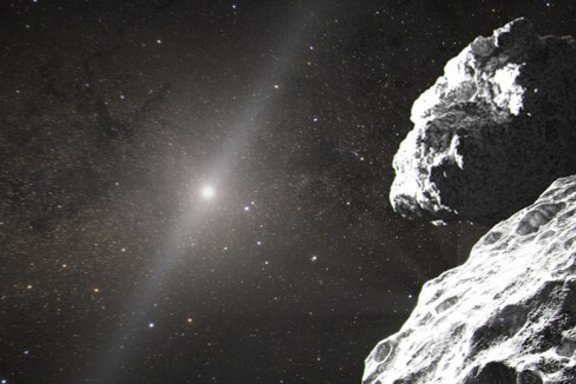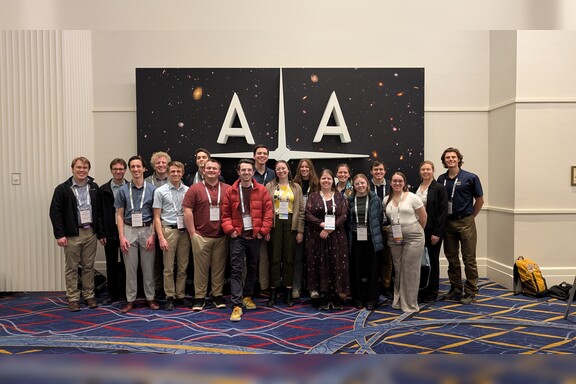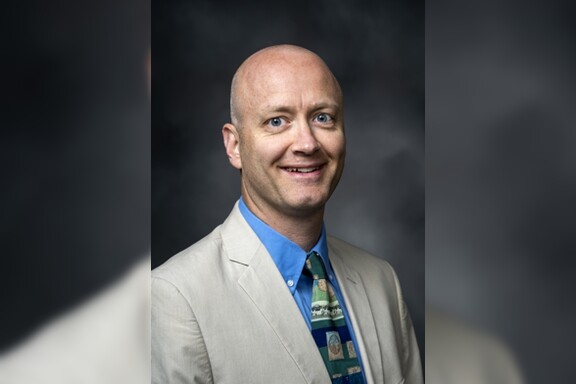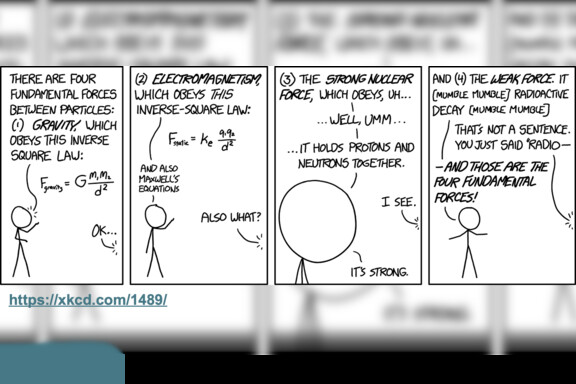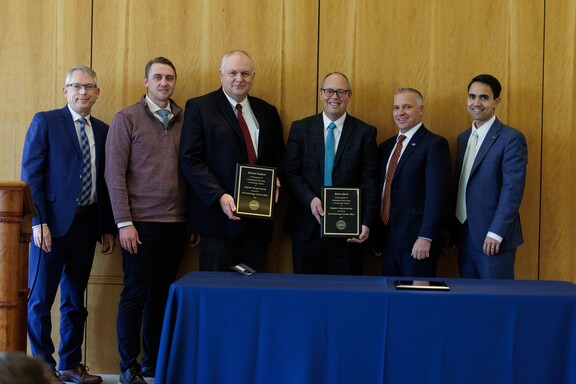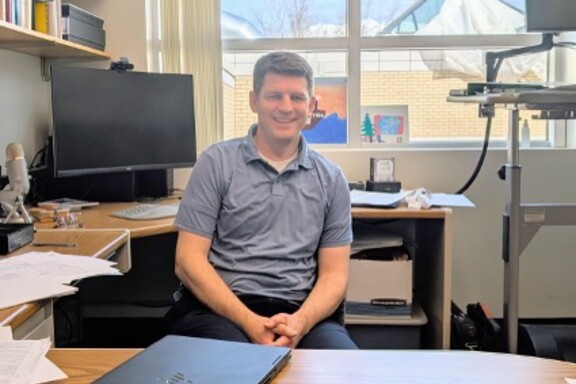Beginning Fall 2025, BYU students interested in the role of data science within physics will have a major tailored just for them. The announcement of the Applied Physics: Data Science (AP:DS) major follows a decade of exponential growth in the field of data science with an expected 36% increase of jobs in the next 10 years according to the Bureau of Labor Statistics [1]. Additionally, in the recent AI boom, reports have shown that many trained physicists are turning to data science careers, demonstrating the demand for data scientists with a background in physics [2- 3].
It is important to note that the AP:DS major is different from the existing Applied Physics major. The new AP:DS major allows for further coursework customization while introducing a new physics course altogether, “Physical Reasoning with Data (PHSCS 383)”. This course focuses on experimental setup and data collection, processing, and analysis.
AP:DS is distinct from other data science related majors as physics provides a framework for learning rigorous mathematics, modeling complex systems, and performing experiments.
Students will be able to participate in hands-on physics labs and mentored research projects, and they will even have the opportunity to attend national conferences and co-author scientific articles.
The announcement of the new major has already caught the attention of many students here at BYU. Jacob Fuller, a senior in the existing Applied Physics major, commented, “I would definitely consider the major if I were an incoming student, especially because I know several physicists who transitioned to a career in data science”. Another student, Andres Herrera, expressed interest in this new major because he wants “to be involved in experiments while being better prepared to draw results from the data”.
For those with an interest in physics who are also considering a career in data science, this major is an excellent option. It will provide students with strong math and data science skills for industry use, while still providing experience in experimental and applied physics. We invite interested students to meet with the College of Physical and Mathematical Sciences to further explore the AP:DS major.
Student authors: Jacob, Fuller, Andres Herrera Chacon, Hyrum Taylor, and Sam Kunzler
References:
[1] - https://www.bls.gov/ooh/math/data-scientists.htm
[2] - https://www.symmetrymagazine.org/article/from-physics-to-data-science
[3] - https://www.nature.com/articles/d41586-019-02408-8
News and Events
